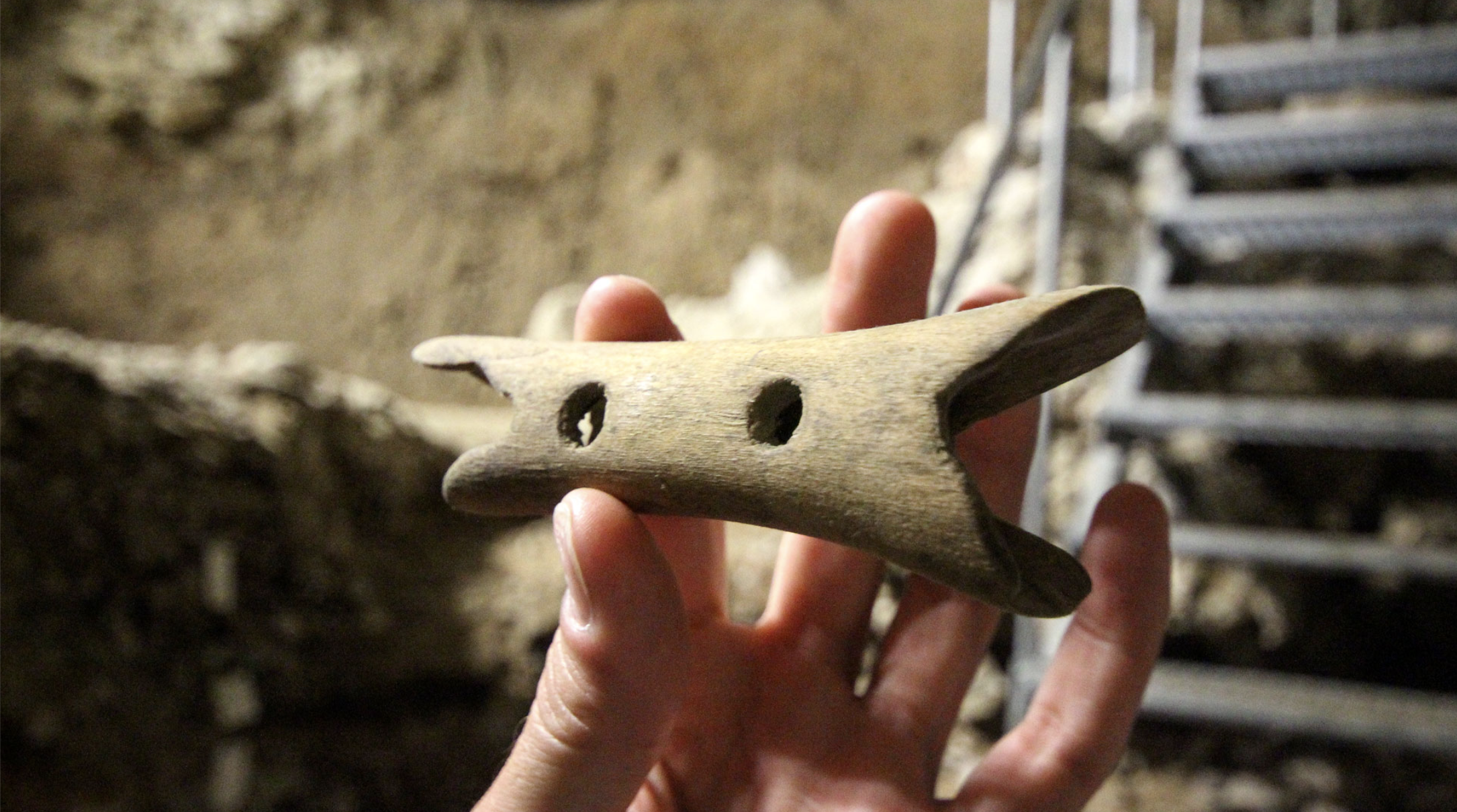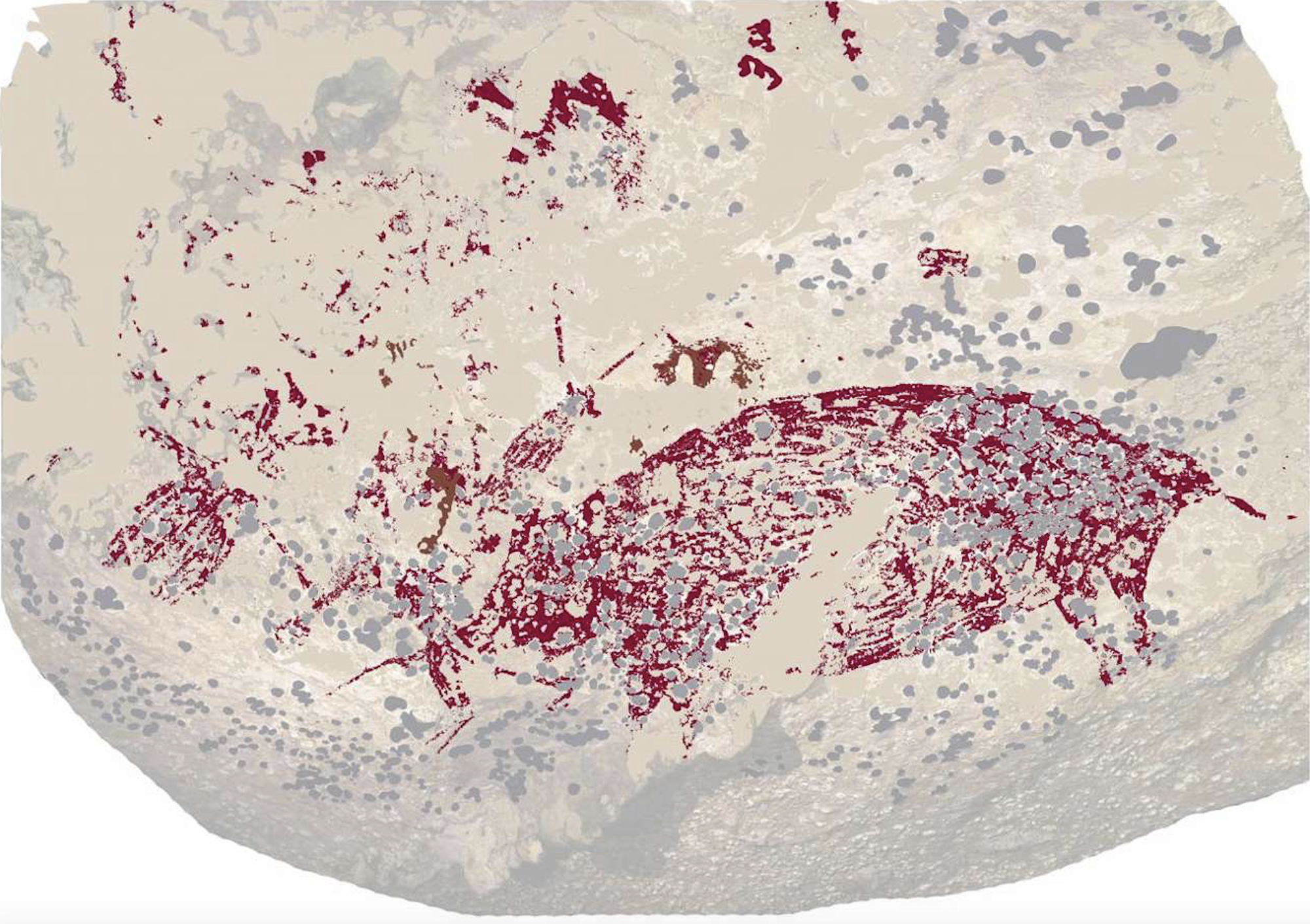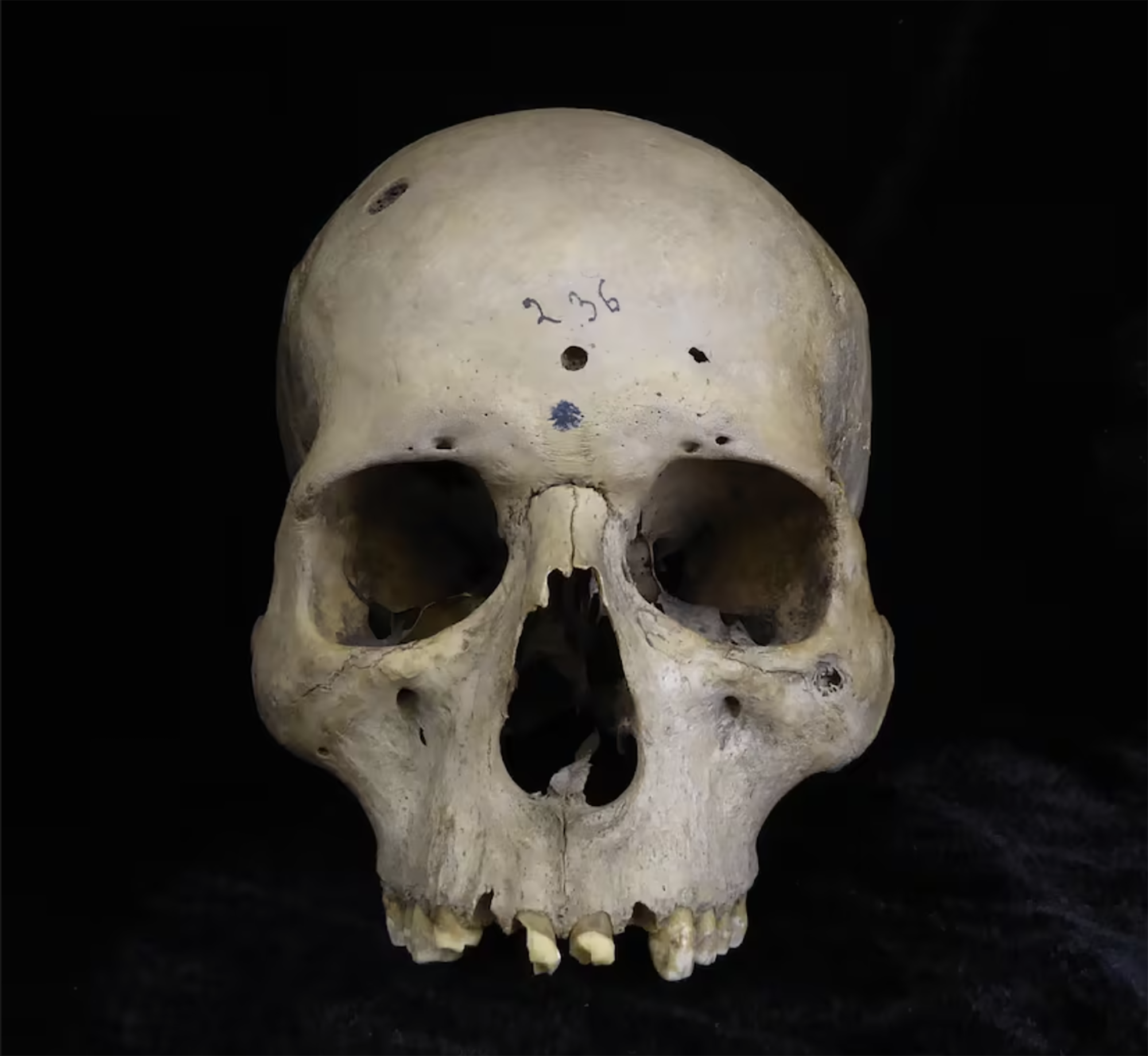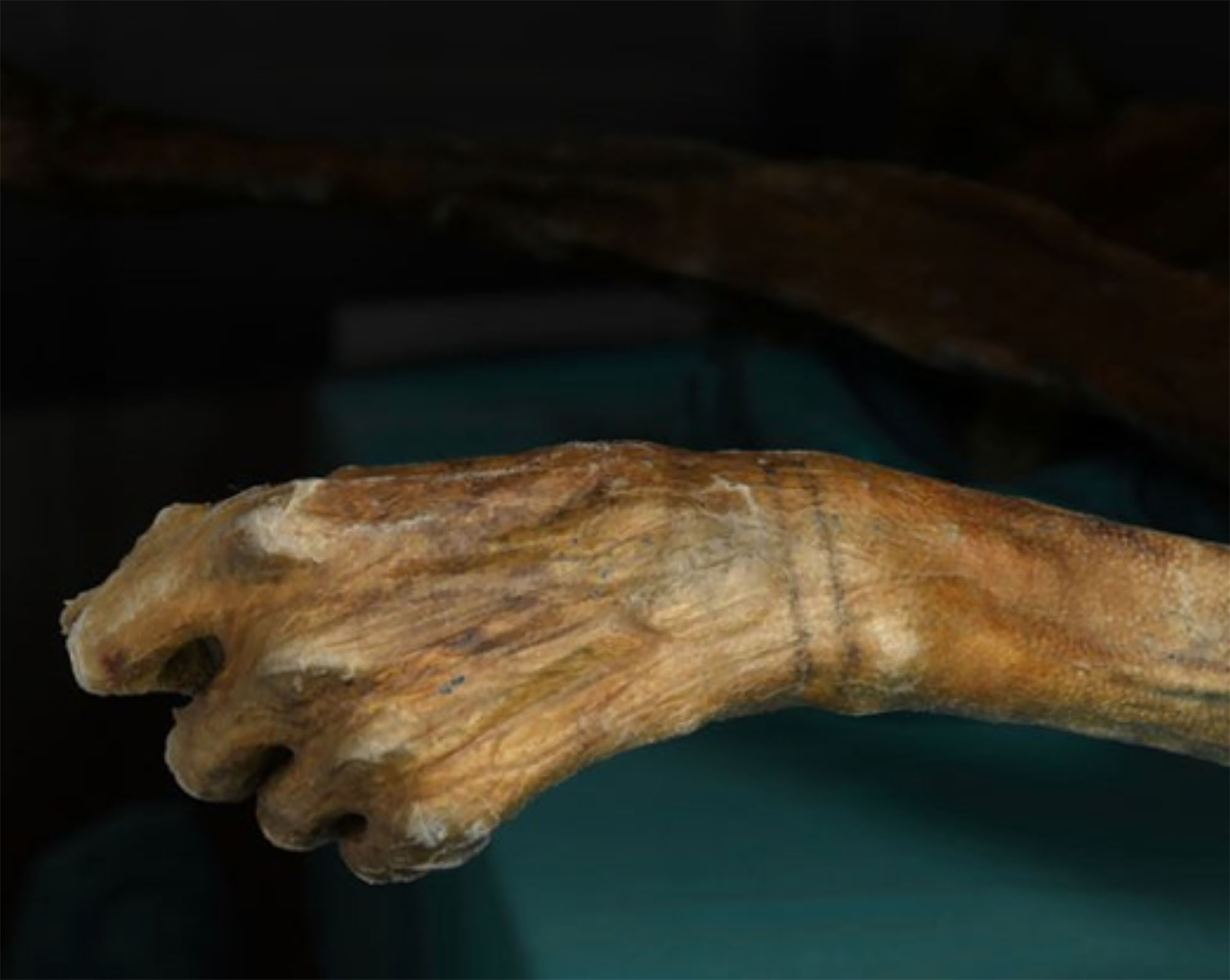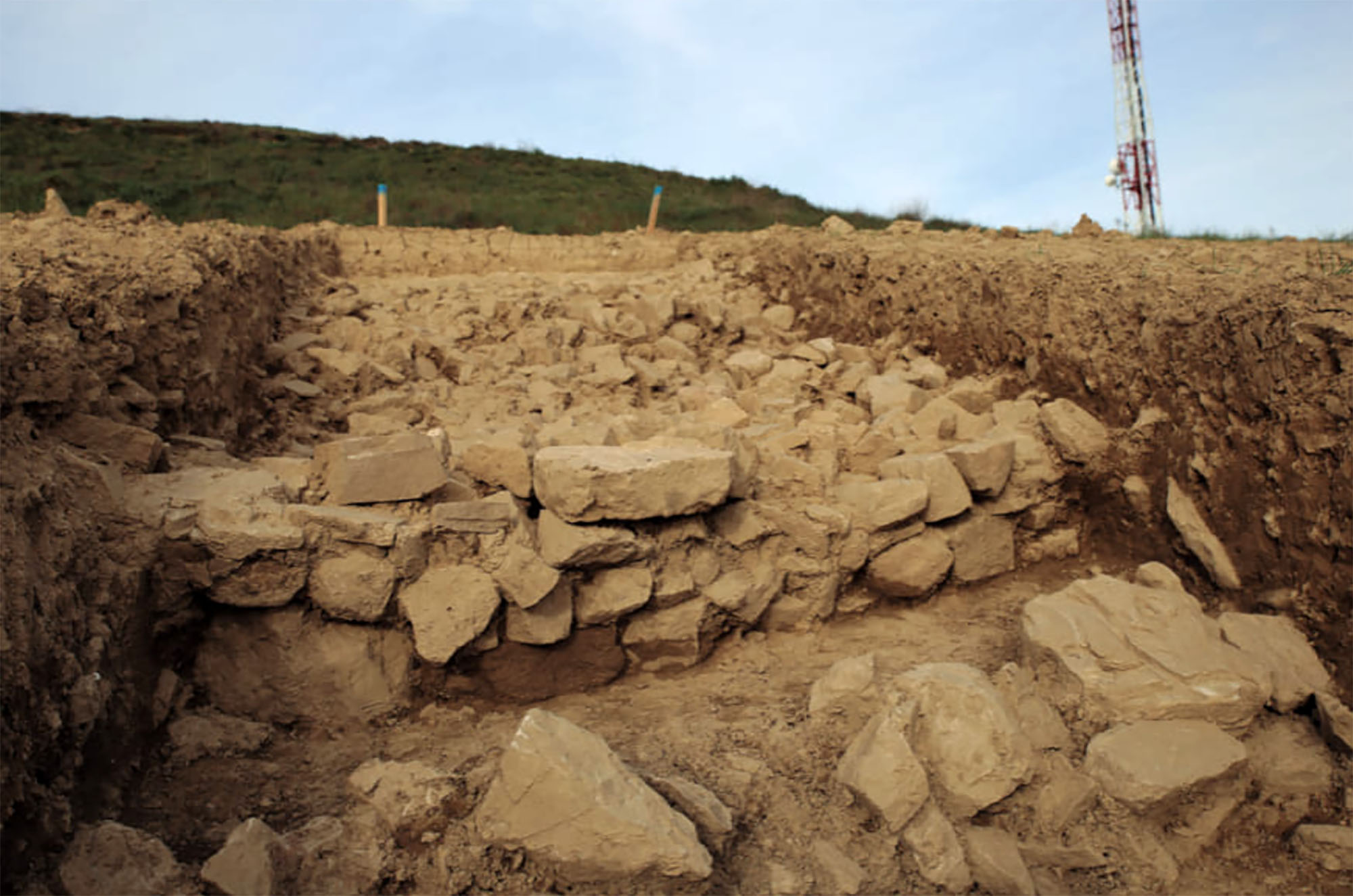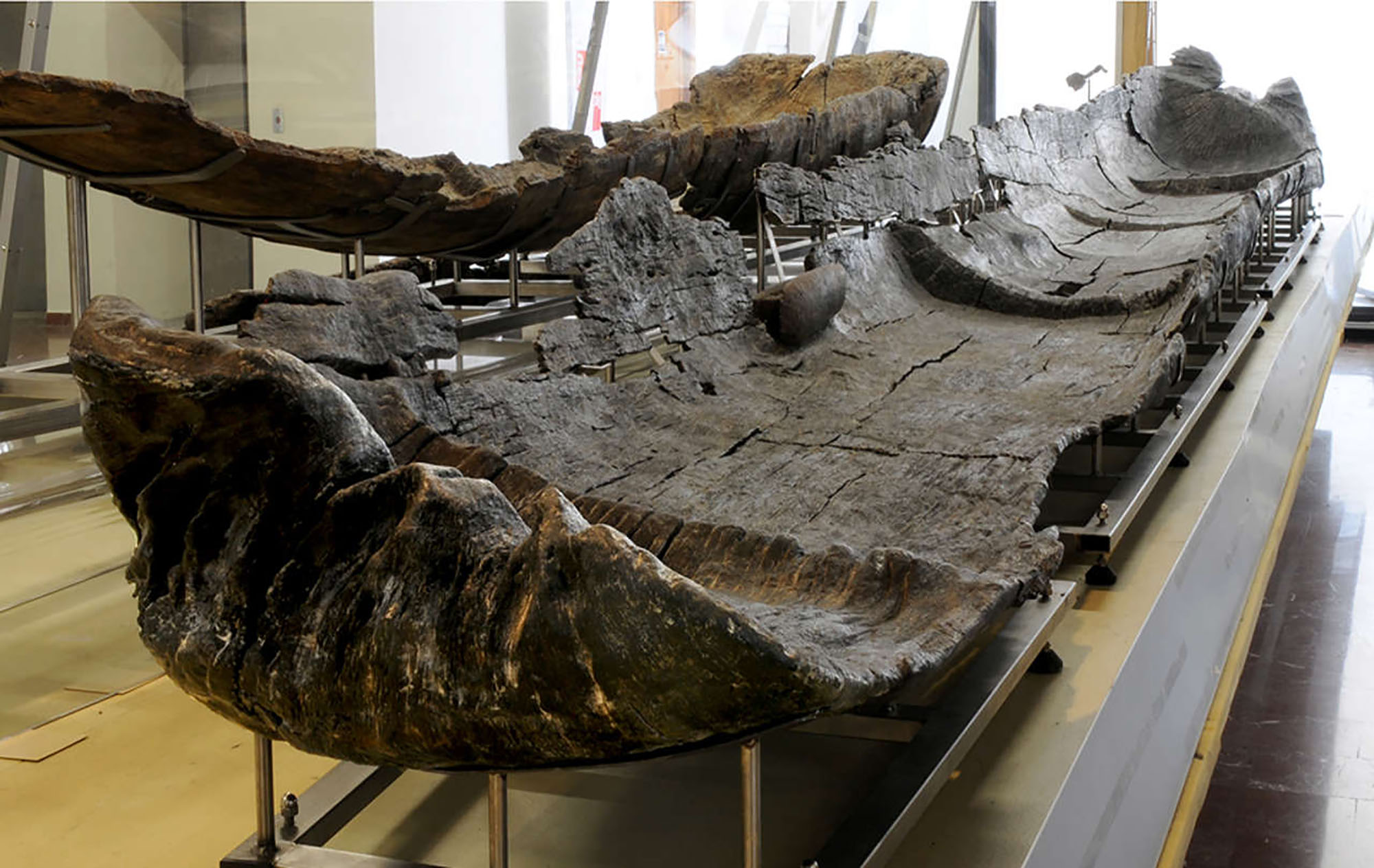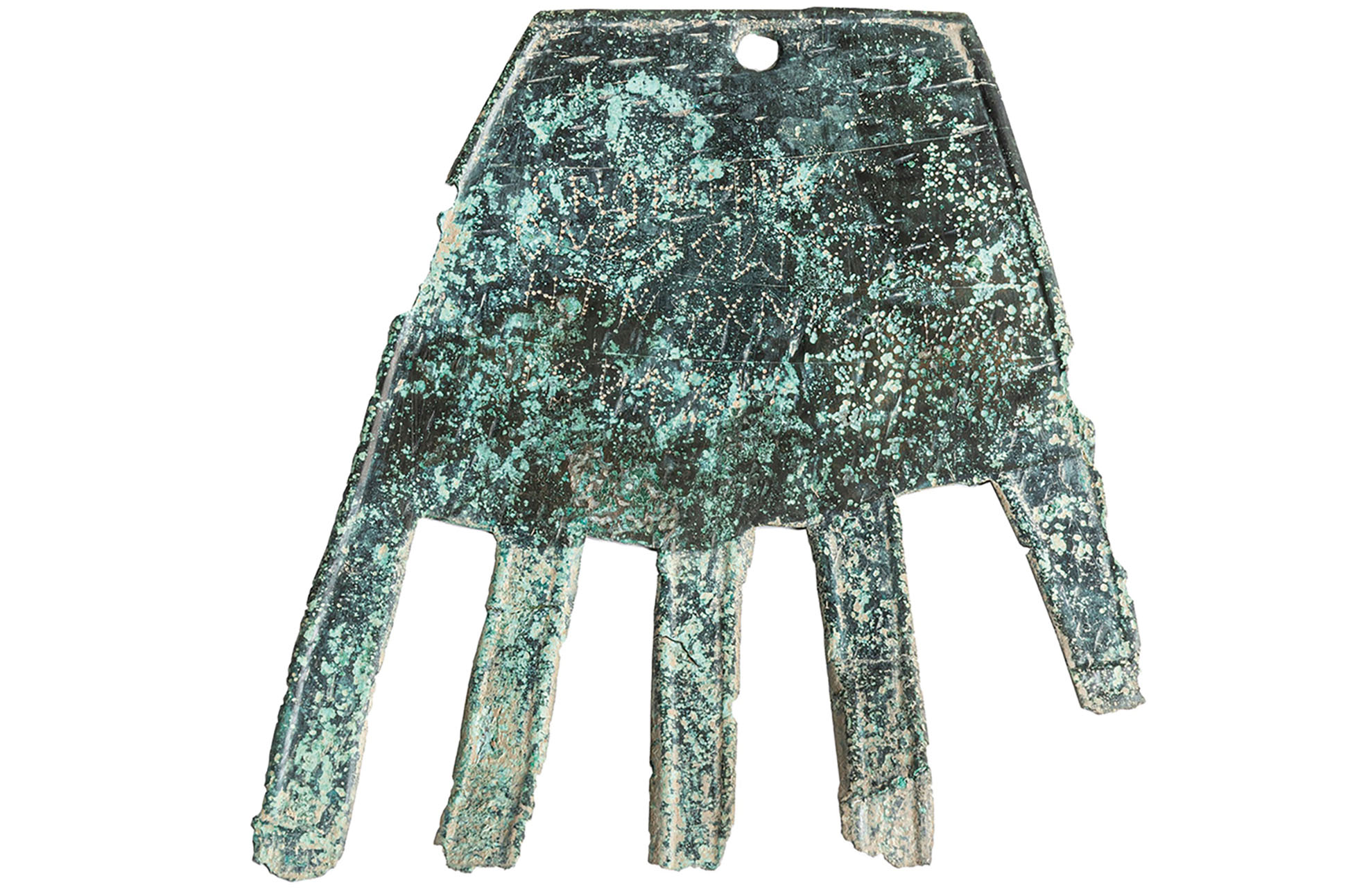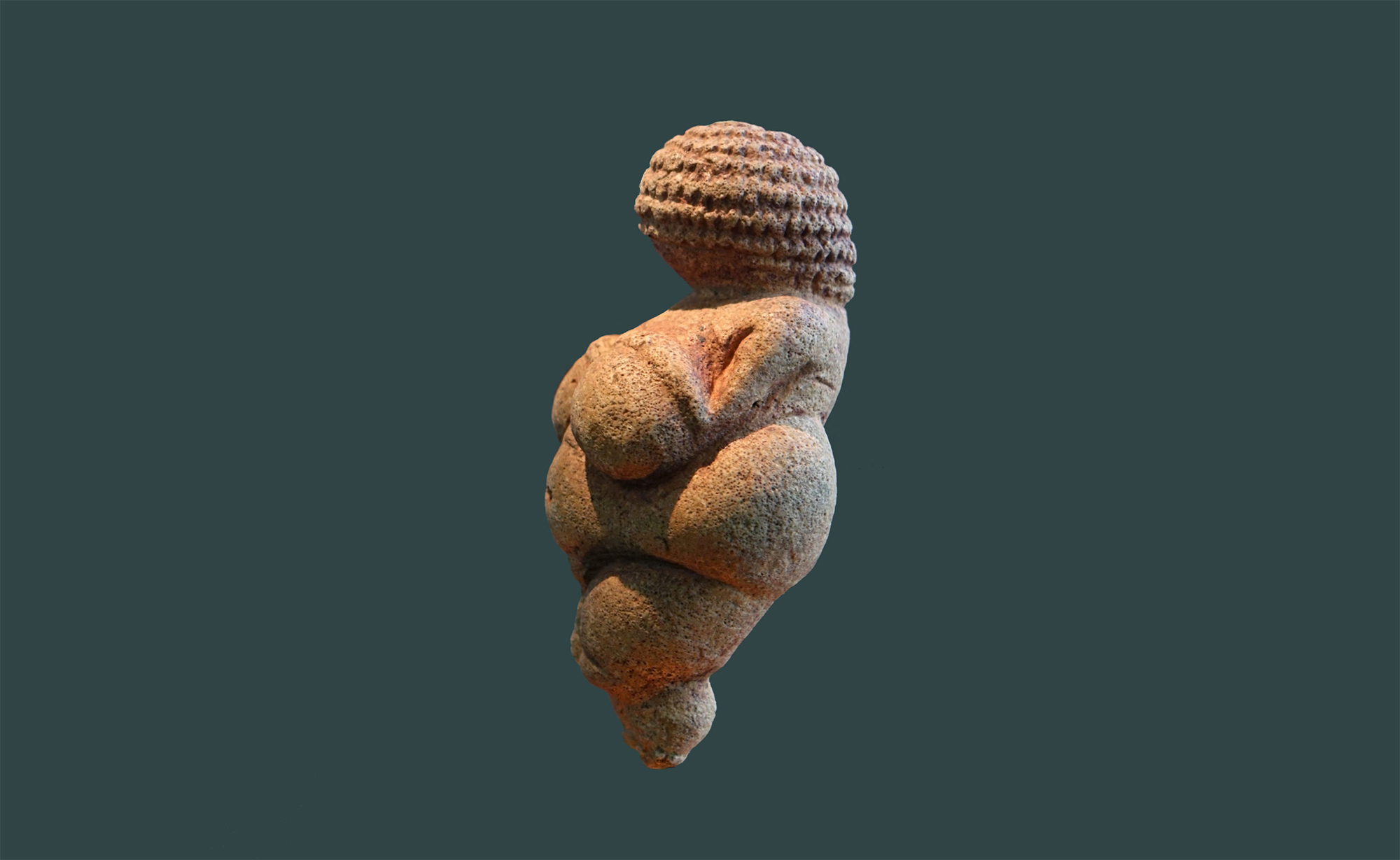They ignored the first architecture.
- Borniquel (Occitania), 176,000 years ago. In a cave, 336 meters deep, the Neanderthals built a double annular structure with stalagmites. For all these thousands of years the structure was hidden until its discovery in 1990. And then for another 24 years, the scientific community refused to see it.
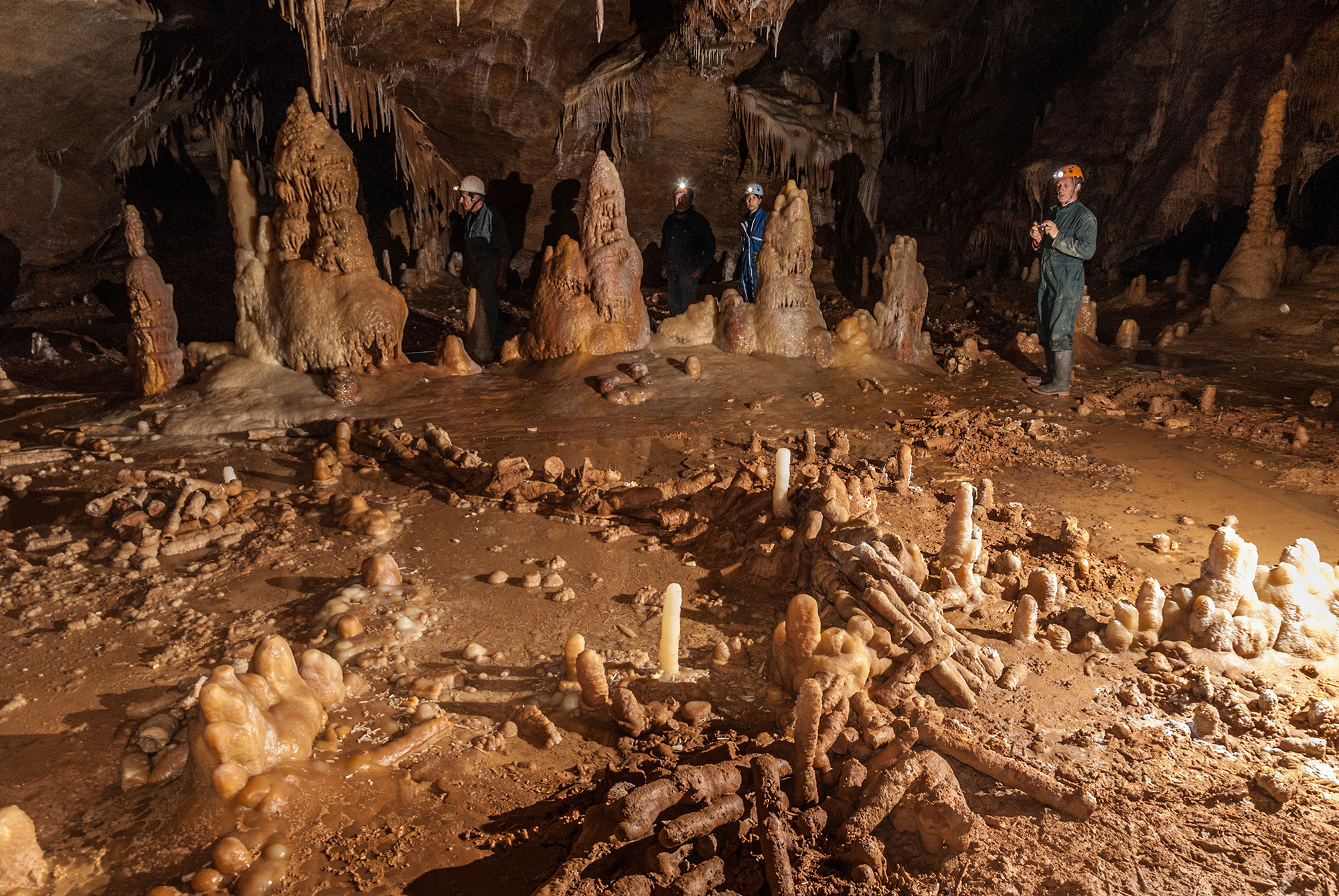
In 1987, Bruno Kowalczewski, a teenager who was a fan of speleology, discovered what might be an entrance to a large cave. For three years, taking advantage of holidays and weekends, the gallery was emptied until it reached 30 meters. And one day in the early 1990s, the vacuum widened sharply. Together with a speleologist, the next day they advanced about 300 meters to meet the strange stalagmitic structure.
The following day they accompanied the archaeologist François Rouzaud, who was in charge of studying the structure: over 400 stalagmites cut into two concentric circles, several fire points… and a piece of burnt bone! Dated using carbon 14 and according to the result was at least 47,000 years (C14 is not reliable at earlier dates). In order not to damage the structure, he decided not to excavate. But he documented, researched and published all the findings. And nobody listened to him. And Rouzaud died shortly after while exploring another cave.
Over 400 stalagmites cut into two concentric circles, several fire spots… and a piece of burnt bone!
According to that datation, it was to be the work of the Neanderthals, but the Neanderthals did not work so deeply, did not control the fire so much and the first artifacts made by modern man, the cave painting, were much more modern (the paintings of Ekain are about 14,500 years old and those of Santimamiñe, 13,000).
In 2014, Belgian geologist Sophie Verheyden spent her summer vacation in those areas and decided to visit the cave. It occurred to him that Estalagmiten's calcite could be dated with a thorium uranium. The work began with a team of archaeologists led by Jacques Jaubert and the method recommended by Verheyden gave an absolutely reliable and surprising result: 176,000 years. And the discovery, this time it was published in the journal Nature.
Neanderthal men, long before modern men were from Africa to Europe, were able to handle 2.2 tons of stalagmites to cut stalagmites into a precise 32 centimeter pattern, illuminate the room with 18 sures. In short, the Neanderthals created the first architectural work.
Ethiopia, 24 November 1974. Lucy's skeleton was found in Hadar, one of the oldest traces of human ancestors. The Australian hominid of Australopithecus afarensis is between 3.2 and 3.5 million years old.
So they considered it the ancestor of species, the mother of all of us. In... [+]
A group of archaeologists from the University of Berkeley, California, USA. That is, men didn't launch the lances to hunt mammoths and other great mammals. That was the most widespread hypothesis so far, the technique we've seen in movies, video games ...
But the study, published... [+]
Geissenkloesterle (Germany), 42,000 years ago. Those living in the cave of the Danube basin made a flute with bird bones and mammoth ivory. At the same time, the inhabitants of the cave of Divje Babe in Slovenia also made a flute with the femur of a bear. These are the oldest... [+]
In the south of the Indonesian island of Sulawesi, in the cave of Leang Karampuang, archaeologists from the Griffith and Southern Cross universities and the Indonesian National Agency have discovered a painting of three anthropomorphic figures and a boar. According to the study... [+]
Two years ago, the Catalan archaeologist Edgard Camarós, two human skulls and Cancer? He found a motif card inside a cardboard box at Cambridge University. Skulls were coming from Giga, from Egypt, and he recently published in the journal Frontiers in Medicine, his team has... [+]
Since they discovered the corpse of Ötzi in the Alps in 1991, the 5,000 years preserved in very good condition have been used for numerous investigations. From the beginning, the 61 tattoos he had on his skin were the ones that cared for him. Experts believed these tattoos were... [+]
Between 1992 and 2006, in the waters of Lake Bracciano of Rome, the site of La Marmotta del Neolitico was excavated early. They recently published in Plos One magazine a study on the five piraguas found there. It is estimated that the boats are between 7,000-7,500 years... [+]
In the Gulf of Mecklenburg, in Baltic waters, archaeologists identified in 2021 a stone structure of almost a kilometre. Now a team of interdisciplinary researchers has published a study on the wall in the journal PNAS.
The structure is about 10,000 years old and has come to... [+]
This weekend I visited a cave with prehistoric paintings. Paints made with iron oxide and manganese about 30,000 years ago. These visits seem interesting to me to relocate our place as human beings in the world, they are an opportunity to rethink the “development” of recent... [+]
Willendorf (Austria), 1908. At a site in the Wachau Valley, archaeologist Josef Szombathy found a small anthropomorphic statue of a woman about 11 cm, carved in stone and dyed with red ochre.
Since then, it is the best-known venusi of the Paleolithic and has been analyzed from... [+]
Researchers at Freie Universität in Berlin have found the oldest Siberian fortress in history, 8,000 years ago. It has long been believed that the strengths have risen to the height of the Neolithic Revolution because of the stabilization of communities by agriculture.
But... [+]













